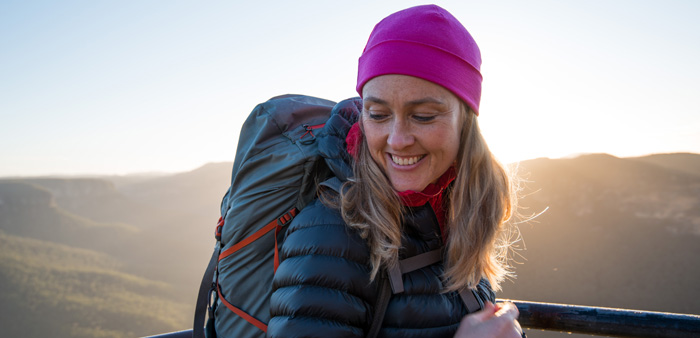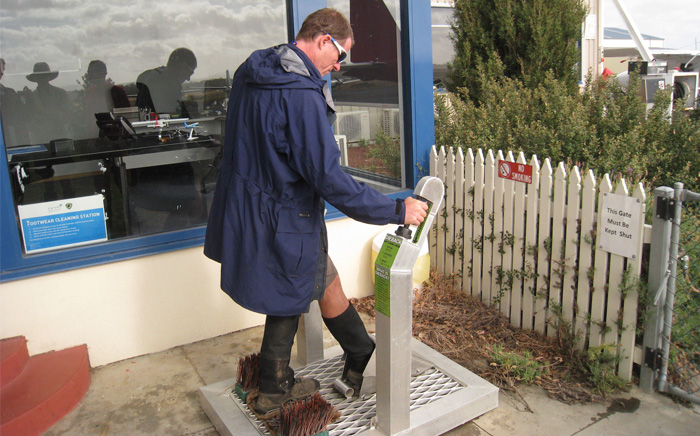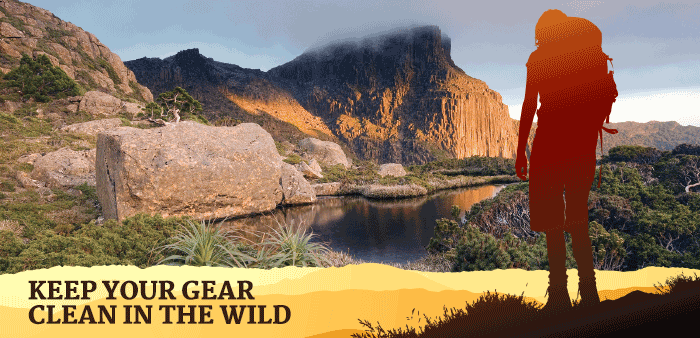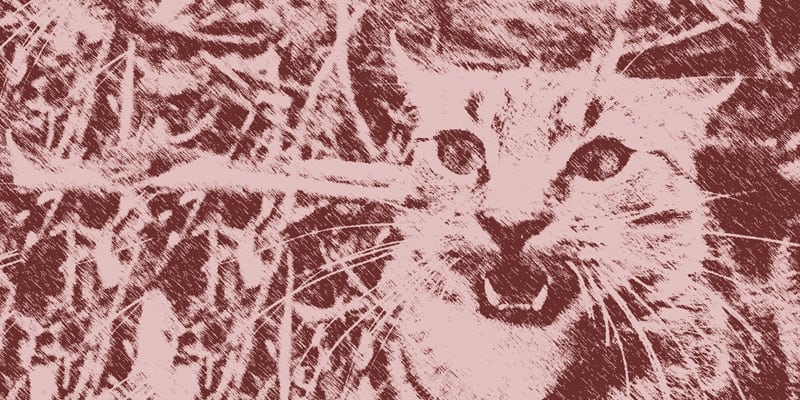
By Caro Ryan
As people who love wild places, we’re generally pretty aware of what it takes to keep our campsites clean and to practice good minimal impact bushwalking.
Things like human waste, rubbish and campfires are visible and therefore front of mind when it comes to taking care of the bush. However, there’s a whole other raft of things we can’t see, but that are just as important. I’m talking about teensy, tiny little things that can have a big impact.
Apart from diseases that attack our native plants and animals, there are weeds and other pests that can do big damage.
In many ways, they can be a bit like, ‘out of sight – out of mind’, but thanks to the work of the Invasive Species Council and its ‘Keep Your Gear Clean In the Wild’, campaign, they’re shining a light on these dark little creatures and providing a host of great tips about what we can do to stop them.
Many of us who’ve trod lightly along managed tracks and great walks around Australia would be familiar with shoe and boot cleaning stations at trailheads and entrances to sensitive areas.

Spray ‘n’ scrub
Looking like a piece of children’s play equipment, these spray ‘n’ scrub stations provide an easy way to ensure we don’t walk any of the offenders into our precious natural places. The great news is you don’t need to wait for facilities like this to be installed wherever you walk. You can easily create a simple DIY solution by using a spray bottle with methylated spirits (70-100%), bleach (dilute to 25%) or F10 disinfectant solution.
Another way to avoid bringing in or moving weeds around is to wear sock protectors or gaiters and avoid wearing clothes that have a seemingly magnetic attraction to seeds, as well as keeping to tracked areas.
I’ve been known to spend hours in camp at night methodically pulling off cobbler’s pegs (Bidens pilosa), aka Farmer’s Friends and actually finding it quite meditative. There’s no TV out there, so why not use the time to relax while picking off seeds and then carry them out in a clip-lock bag?
With the amount of money we spend on outdoor gear (tents, shoes, etc) it makes good sense financially and environmentally to keep them clean. It not only extends their life, but also the lives of our native plants and animals. Before you head out on your next adventure, wash or brush off the mud and any other hitchhikers from your gear, then let your gear completely dry.
Bush gremlins
There’s some real gremlins out there. From chytrid, that can kill off our native frogs, to the well-known Phytophthora, that rots roots and destroys native plants. But my personal favourite has got to be the devastating ‘rock snot’, aka didymo. This particular little gem thankfully hasn’t made it to Australia yet, but has caused untold problems in rivers and waterways of New Zealand.
Let’s do our bit by thoroughly checking and cleaning all our gear whenever we enter or leave a new location and visit the Keep your gear clean campaign page for more information.
- Caro Ryan is a search manager with the Bushwalkers Wilderness Rescue Squad and runs ‘lotsafreshair‘, a website filled with great bushwalking tips.
- This article was first published in the June 2017 E-newsletter published by Bushwalking NSW.




